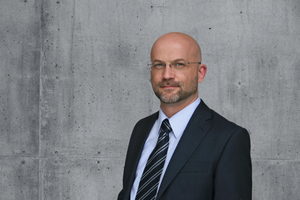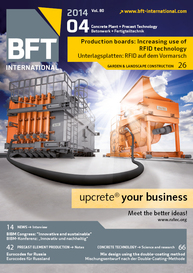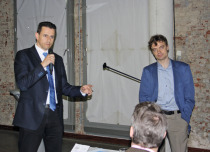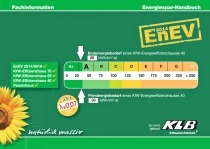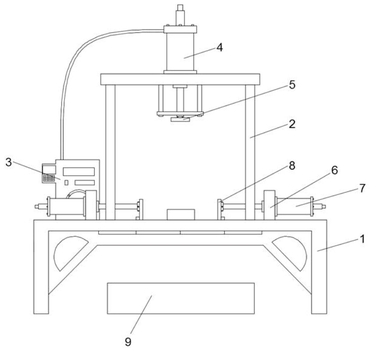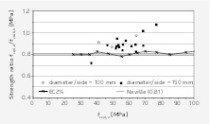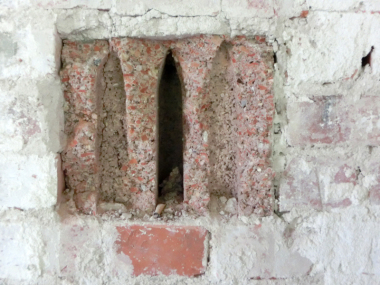Good climate with concrete
Concrete has many advantages: It is easily formed and provides architects and engineers great freedom in implementing their designs. But concrete is most of all appealing, owing to its high performance. With proper choice of cements and aggregates, its compressive strength can be precisely adjusted to the design loading specified.
These advantages of architectural and structural design make concrete not only an extraordinary construction material: it has other benefits that have made it simply indispensable. This applies equally to building and industrial construction, underground engineering projects and tunnel work, transportation systems and bridge construction.
The representatives of the European precast concrete industry know all of this very well – as do architects, planners, and all others involved in a construction project. And quite in contrast to the dusty-gray image that part of the public still associates with concrete: our construction material gets high marks even within the context of green topics of the future. This is an emphasis that the European legislators have set as an increasingly important objective for the construction industry as well. One of these aspects is the energy balance of buildings. In Germany, for example, the new Energy Saving Ordinance EnEV 2014, as of 1 May, makes these requirements even more stringent.
Concrete, the all-around material, stores heat and helps conserve heating energy. It cools rooms, which also contributes to energy saving. These properties can, moreover, be even further enhanced: for example, with core insulation and concrete core activation.
It is possible to fully exploit the strength of concrete in combination with other construction materials such as wood or steel. German specialized trade organizations, such as the Association of German Precast Construction (FDB), and the marketing association for cement and concrete, Betonmarketing, draw attention to this fact in their current literature and codes of practice on the EnEV.

